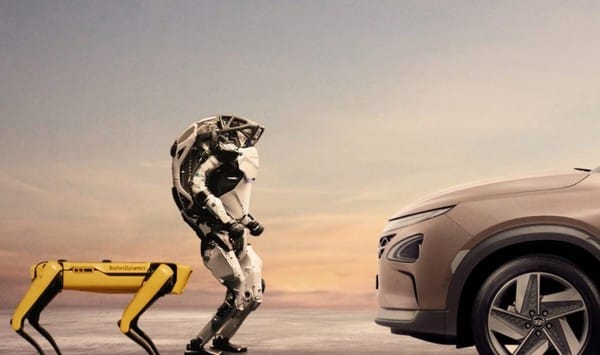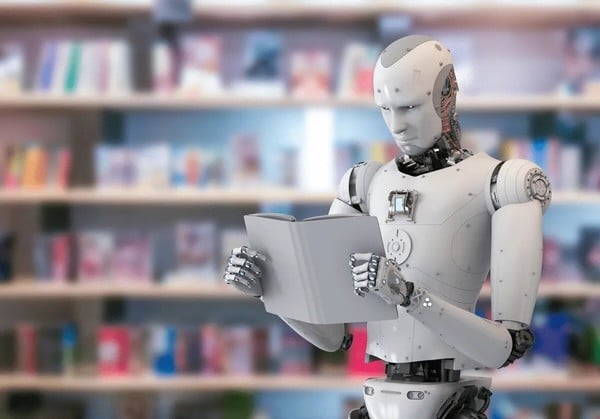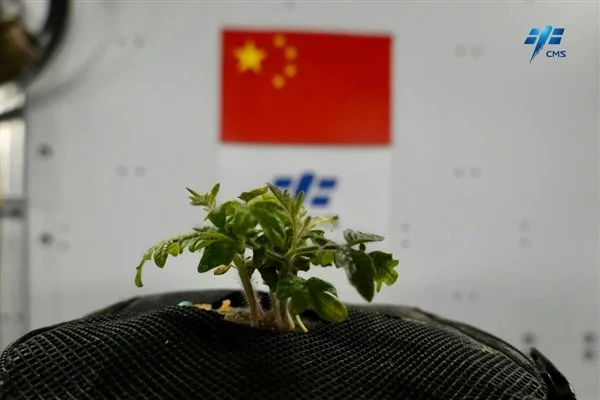This is nothing, as a mature dog, the Boston Dynamics robot dog has been on the job for many years, and even entered the factory to “work”. Last year, the robotic dog entered a hydroelectric power plant in Western Australia, which is located in the wilderness and few people want to come to work. Therefore, the robot dog has lived a boring life as a working dog. Every day, he clocks in, takes pictures, measures temperature, and patrols around. Sometimes he goes deep into the dangerous area with radioactivity alone. It can be called the loneliest employee in the world.
Under Boston Dynamics, in addition to robot dogs, Atlas robots are also worthy of attention. However, the Atlas robot is still mainly being tested in the laboratory, and it is still a long way from commercial use, and Boston Dynamics’ robot dog is moving towards commercial use.
It is this “one person and one dog” that makes Boston Dynamics famous in the field of robotics.

The world is too complicated for robots to grasp?
At present, robots are more common in the industrial field, and many factories have replaced human workers with robots. However, today’s robots are not as terrifying as those described in sci-fi blockbusters. The so-called autonomous consciousness and thoughts are far from being born among robots, they are just doing things according to the program.
In the face of the complex real world, robots are not as “smooth” as humans. At present, the entire robot industry is in the stage of technology accumulation, and there is still a distance from the real technological explosion. Robots at this stage can only be said to be “intelligent”, not intelligent.
Musk said that current robots do not have the intelligence to deal with complex scenarios in the real world, and can only act according to clear instructions. But he also believes that if artificial intelligence develops too quickly, robots could become increasingly dangerous.
What Musk says and what he does are generally not proportional. Tesla has announced that it will unveil a prototype of the Optimus project on “Artificial Intelligence Day”, and is expected to officially mass-produce the humanoid robot in 2023. In fact, Tesla’s humanoid robot is the carrier of its intelligent driving, and the future is essentially no different from Tesla’s electric cars.
However, as a more powerful extension of the human tool, it can do more. In Musk’s early imagination, he only hoped that Optimus could stay in the factory to work, or do some dangerous work in place of workers. Now, Musk’s thinking has changed. Humanoid robots must not only be able to work, but also be able to do housework, cook, mow the lawn, take care of the elderly, and even become human companions.
How about getting a dog?
If we don’t talk about scientific research, but only about specific applications in real scenarios, domestic robot companies have to go further. The route of the domestic robot dog is somewhat different from that of Boston Dynamics. The former pays more attention to scene applications, while the latter has made great efforts in scientific research, which makes the domestic robot dog more competitive in price.
Even so, the price of domestic robot dogs is still more than 10,000 yuan, and it is difficult for ordinary families to be tempted. Chen Li, the founding partner of Yushu Technology, joked, “I personally always believe that robot dogs should be sold by the pound like pork.”
However, ordinary families lack a reason to buy a robot dog. What can this thing do? Can only do some simple housework? It’s not just a question of price. This reflects from the side that the development of the robot dog to this day still does not have a just-needed application scenario.
Buying a robot dog is like buying a car. The follow-up maintenance costs are always latent. The parts on the robot dog are not cheap, and the extra maintenance costs are prohibitive. According to industry insiders, the overall cost of quadruped robots is now in the tens of thousands or even hundreds of thousands of yuan, or even higher. Consumers are always sensitive to the price of robot dogs, and ordinary families may not be interested in paying such a high cost.
It can be seen that the development of the robot industry still takes time. In this process, the capabilities of robots will match the rigid demands of consumers, and their costs will continue to be compressed.
How do we get along with robots?
One day, robots will really enter people’s homes and lives, and take on housework. Will humans regard them as members of the family? With happiness or regret, all this has not happened yet, but it is getting closer. Robots are essentially a kind of artificial intelligence, which will surely bring disruptive changes to the industry. Whether it is a quadruped bionic robot or a humanoid robot, when they are equipped with the core of artificial intelligence and appear in front of humans, it may bring some challenges to people’s existing ethical cognition.

In the era of human-machine coexistence, how should we get along with robots? Is it an equal relationship of mutual respect or a relationship of absolute obedience? If it is a relationship of absolute obedience, this means that humans can freely manipulate robots, but this is again caught in a contradiction. When the robot has developed autonomous consciousness (even if it is algorithm-oriented), the imposition of human will on the robot has actually touched the issue of ethics and morality.
In this regard, the conclusions drawn by Japanese researchers are very innovative. When humans operate autonomous robots, they say, robots are using human nature to “manipulate” humans in turn, because humans are influenced by the “attitudes” expressed by robots. This relationship is somewhat similar to the relationship between a person and a pet. Studies have shown that when people get along with animals, they subconsciously think that they have control, but we may not know animals that well. The dog leash in your hand may be its “kite string” in the eyes of animals.
It took tens of thousands of years for humans to tame cats and dogs. Learning to get along with robots is essentially human domestication of technology. In the future, people will inevitably live under the same roof with robots. At that time, the capabilities of robots may exceed human cognition. This is completely reversed with the relationship between people and pets, so it is full of challenges.



GIPHY App Key not set. Please check settings